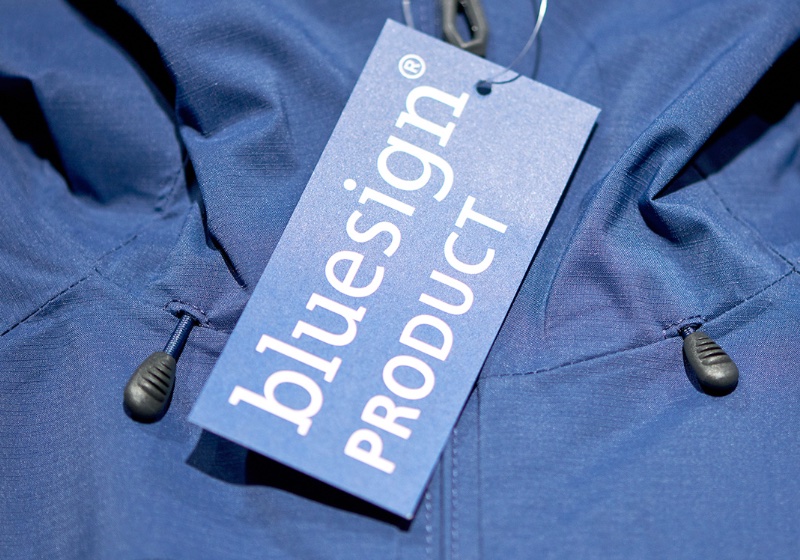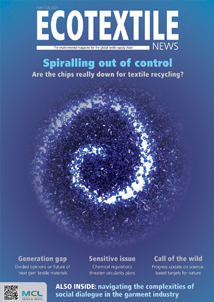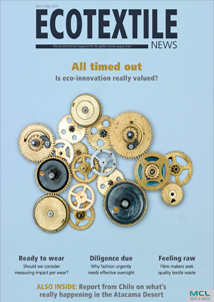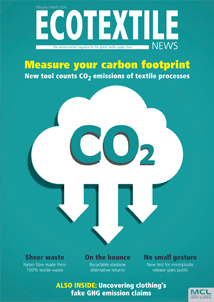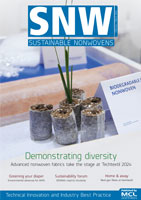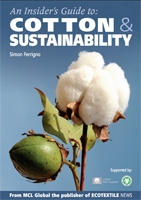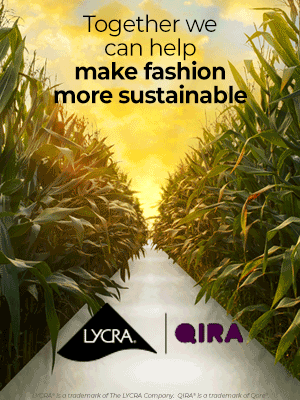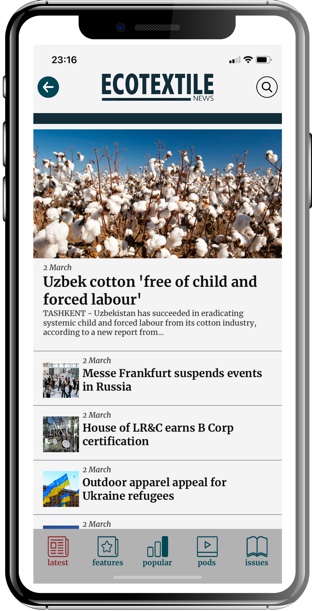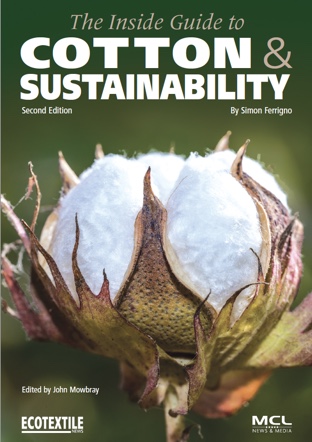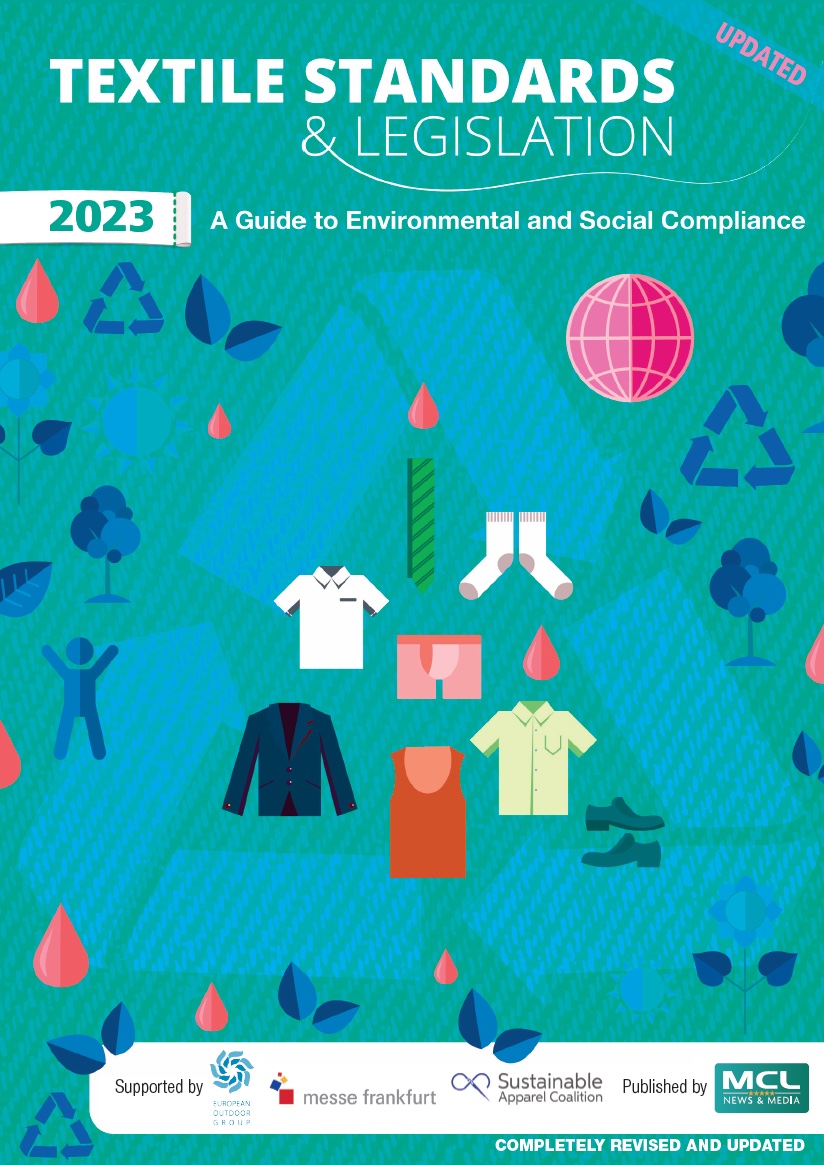AUGSBURG – Bluesign says that it remains recognised as an official certification standard at ZDHC Level 3 following the recent launch of ZDHC MRSL 3.0 with around 20,000 bluesign ‘approved’ chemical products listed in the ZDHC Gateway that go beyond the standard MRSL 3.0 compliance.
These are the only Level 3 certified products that are assessed to meet the RSL limits.
A major pre-condition for the bluesign approval of a chemical product is that the concentration of a restricted substance, in a chemical formulation, is on a level where the limit also has an appropriate margin of safety for consumers.
In cases of doubt or special application methods of the chemical the calculation method is backed by analytical testing.
Bluesign says this means that in combination with bluesign ‘criteria’ for manufacturers, bluesign ‘approved’ chemistry ensures that the supply chain partners are RSL compliant.
“In addition, the bluesign database for approved chemistry, the bluesign ‘Finder’ keeps evolving,” noted Thomas Schäfer, managing director of Bluesign Technologies, Germany. “We’ve already started to add additional attributes such as renewable feedstocks; sustainably sourced renewable feedstock; and recycled content.
“With this, the user of the search engine now has new options to select chemical products with the preferred sustainability characteristics of the user,” he added.
Bluesign assesses chemical products based on modules that address physical, health and environmental hazards in which both hazard and risk-based evaluations are applied. These modules include a consumer safety module; a hazard-based module on the substance level; a GHS module based on H-phrases of the chemical mixture; an occupational health module; and separate modules that deal with air emissions and the environment.
“The goal of the consumer safety module is to determine whether a limit for a substance in a chemical product (“MRSL-philosophy”) assures consumer safety limits for textile articles that are treated with the chemical product (RSL approach),” noted Hartwig Tews, chemical substance evaluation expert at Bluesign. Considering realistic worst-case scenarios, the consumer safety module predicts the concentrations of relevant restricted substances in a textile article based on a given concentration of this substance in a chemical mixture.
Bluesign notes that chemical substance concentrations in a textile article depend on multiple factors, such as how much chemical product is used per kg material; the substance concentration in the chemical product; applied processes (e.g. exhaust, pad application, extrusion); the function of the applied chemical (effect chemicals or process chemicals); and affinity of the substance to the fibre; along with other process parameters (e.g. temperature).
All these factors and different process scenarios are considered by bluesign with separate calculation models.







